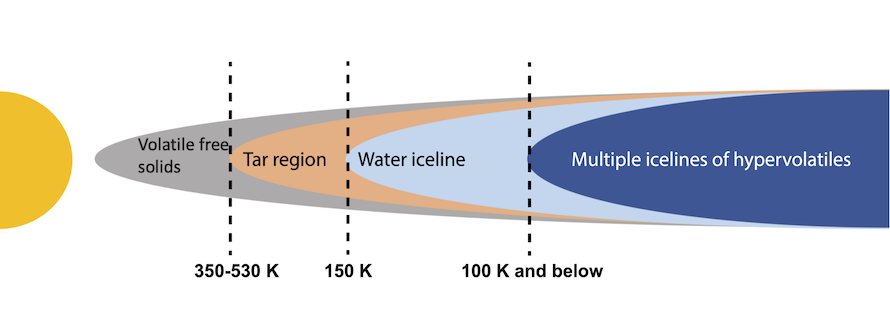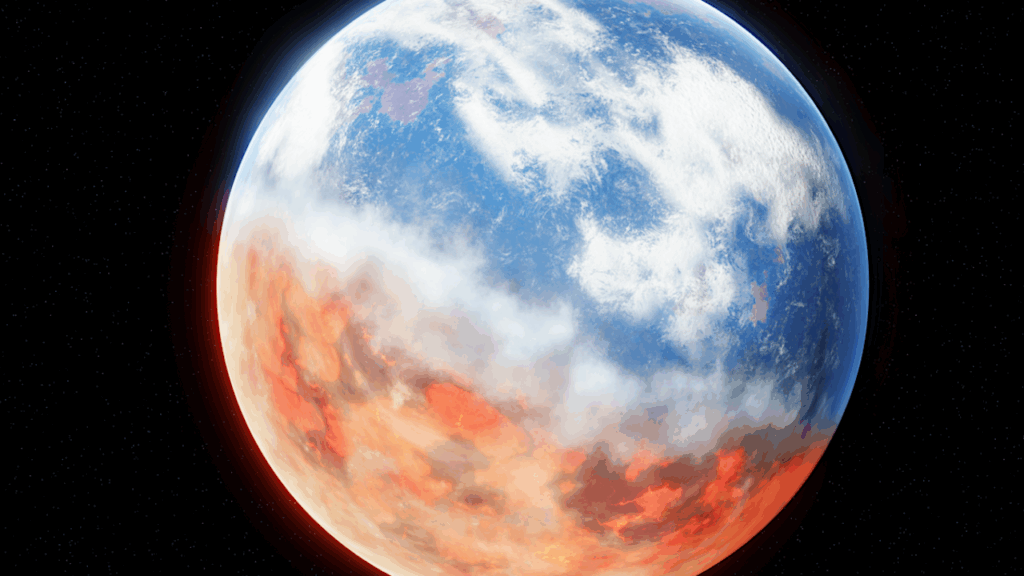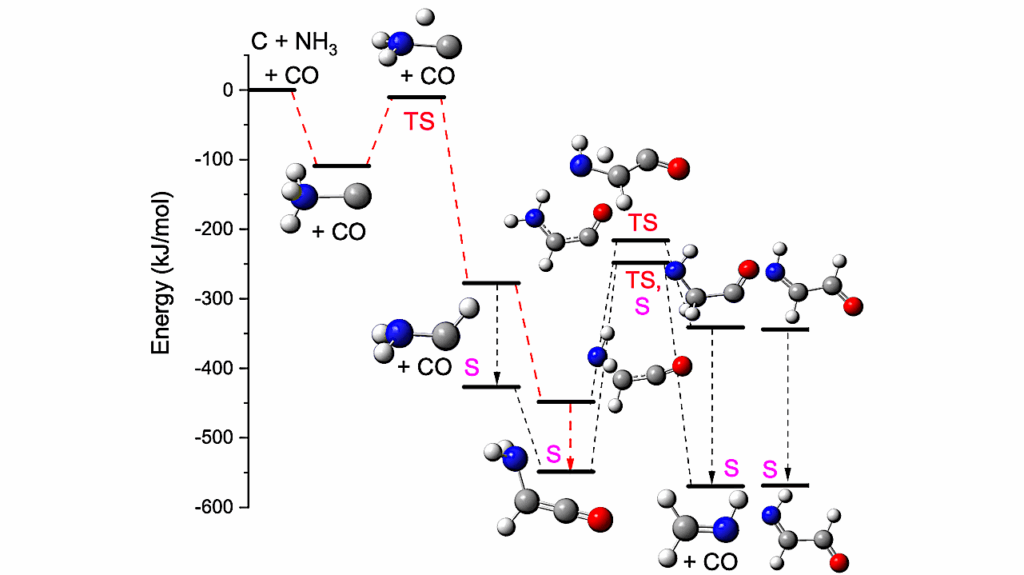Recipes For Forming A Carbon-rich Giant Planet

The exploration of carbon-to-oxygen ratios has yielded intriguing insights into the composition of close-in giant exoplanets, giving rise to a distinct classification: carbon-rich planets, characterized by a carbon-to-oxygen ratio ≥ 1 in their atmospheres, as opposed to giant planets exhibiting carbon-to-oxygen ratios close to the protosolar value.
In contrast, despite numerous space missions dispatched to the outer solar system and the proximity of Jupiter, Saturn, Uranus, and Neptune, our understanding of the carbon-to-oxygen ratio in these giants remains notably deficient.
Determining this ratio is crucial as it serves as a marker linking a planet’s volatile composition directly to its formation region within the disk. This article provides an overview of the current understanding of the carbon-to-oxygen ratio in the four gas giants of our solar system and explores why there is yet no definitive dismissal of the possibility that Jupiter, Saturn, Uranus, or Neptune could be considered carbon-rich planets. Additionally, we delve into the three primary formation scenarios proposed in existing literature to account for a bulk carbon-to-oxygen ratio ≥ 1 in a giant planet.

A schematic of the relative locations of the different condensation lines in the PSN, with their
corresponding temperatures. Carbonaceous material forms in the region between the tar line and the ice line. Material accreted by giant planets and originating from this region of the PSN should be rich in organics. — astro-ph.EP..
A significant challenge lies in accurately inferring the bulk carbon-to-oxygen ratio of our solar system’s gas giants. Retrieval methods involve integrating in situ measurements from entry probes equipped with mass spectrometers and remote sensing observations conducted at microwave wavelengths by orbiters. However, these methods fall short of fully discerning the deep carbon-to-oxygen abundance in the gas giants due to their limited probing depth, typically within the 10-100 bar range.

A schematic of the overall system under consideration: the protosun surrounded by the PSN. The
radial distribution of the volatile species under consideration is affected by the diffusion of its vapor out past the condensation front, where the vapor condenses into icy particles, and the radial drift back inward of those particles. — astro-ph.EP.
Olivier Mousis, Thibault Cavalié, Jonathan I. Lunine, Kathleen E. Mandt, Ricardo Hueso, Artyom Aguichine, Antoine Schneeberger, Tom Benest Couzinou, David H. Atkinson, Vincent Hue, Mark Hofstadter, Udomlerd Srisuchinwong
Comments: Space Science Reviews, in press
Subjects: Earth and Planetary Astrophysics (astro-ph.EP)
Cite as: arXiv:2405.19748 [astro-ph.EP] (or arXiv:2405.19748v1 [astro-ph.EP] for this version)
https://doi.org/10.48550/arXiv.2405.19748
Focus to learn more
Submission history
From: Olivier Mousis
[v1] Thu, 30 May 2024 06:51:21 UTC (1,067 KB)
https://arxiv.org/abs/2405.19748
Astrobiology








